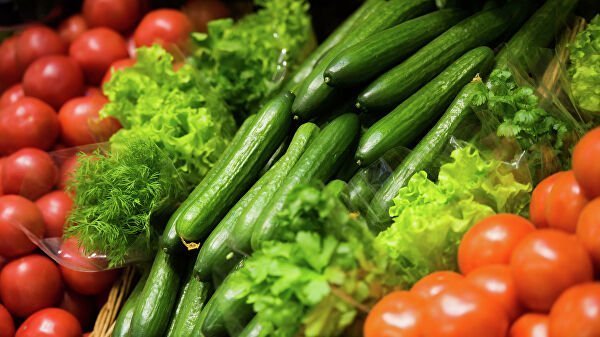According to EastFruit analysts, Iran made a real breakthrough in supplying fresh fruits and vegetables to the Russian market at the end of 2020. Our estimates show that the exports of vegetables, fruits, berries, and nuts of Iranian origin to Russia in 2020 exceeded $800 million while some of the products were supplied through third-party countries, particularly through Azerbaijan.
This development allowed Iran to bypass China in the ranking of the largest suppliers of fruits and vegetables to the Russian market and come close to the traditionally leading countries of Turkey and Ecuador. In 2020, Turkey exported fruits and vegetables to Russia for $1.2 billion and Ecuador for $1.1 billion.
Both Russia and Iran are under international sanctions so their cooperation is not surprising. After the imposition of sanctions on food supplies from the EU, Ukraine, the United States, and a number of other countries, prices for fruits and vegetables in Russia rose sharply, which gave impetus to the development of production in the countries of Central Asia, the Caucasus, Turkey, and Iran. Iran took full advantage of these opportunities. If previously the main supply of products from Iran to Russia was through Azerbaijan, there was the growth of direct supplies in 2020 without Azerbaijan as an intermediary.
“Monitoring of the situation on the Russian fruit and vegetable market shows the growing influence of supplies of fresh apples from Iran on domestic prices in the country. When apple suppliers from Moldova are perplexed why the demand for their apples in Russia is falling, the answer is very simple – increased competition from Iran as well as an increase in the local production of apples. Therefore, in the segment of affordable apples on the Russian market, including due to the growth of supplies from Iran, it is getting closer and closer,” explains Andriy Yarmak, an economist of the Investment Centre of the Food and Agriculture Organization of the United Nations (FAO).
Read also: Russia may sharply increase potato imports from Egypt this season
In addition to apples, Iran also supplies Russia with significant and growing volumes of greenhouse tomatoes, cucumbers, and peppers; pistachios; peaches; cherries; and other types of fresh fruits and vegetables.
It is obvious that Iran’s influence on the Russian produce business will continue to grow. However, suppliers from this country are not limited to this market only. They are already actively entering the fresh produce markets in Belarus, Ukraine, and Moldova as well as in Central Asian countries where they compete with local products.
Since Iran does not disclose foreign trade statistics and has multiple international sanctions, a significant part of Iranian fruits and vegetables are exported through intermediary countries. For this reason, the world community often underestimates or simply does not understand how powerful and influential the fruit and vegetable business of this country has become. We gave an example about apples in our video study “The Race to World Leadership in Apple Exports,” and there are many more such examples. Accordingly, suppliers from the EU or the United States often do not understand why they are losing their positions in the markets of the Middle East since there is no official information about how much products Iran actually exports to this region.
Nonetheless, EastFruit analysts have learned to track part of the supply of Iranian fruits and vegetables. According to our data, the production of fruit and vegetable products in Iran continues to grow dynamically. In turn, new ways of efficient exports of Iranian vegetables and fruits appear.
The use of the site materials is free if there is a direct and open for search engines hyperlink to a specific publication of the East-Fruit.com website.




